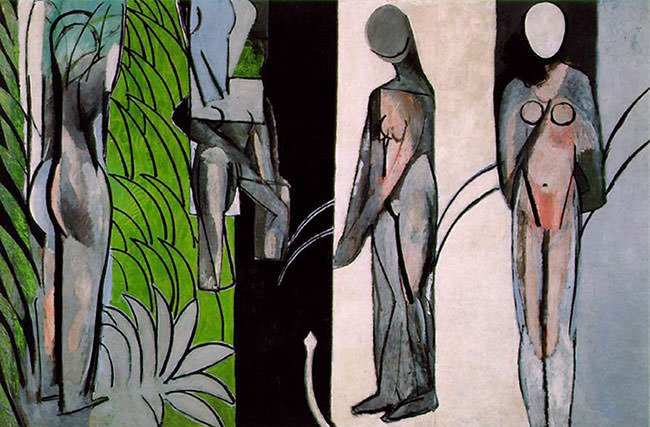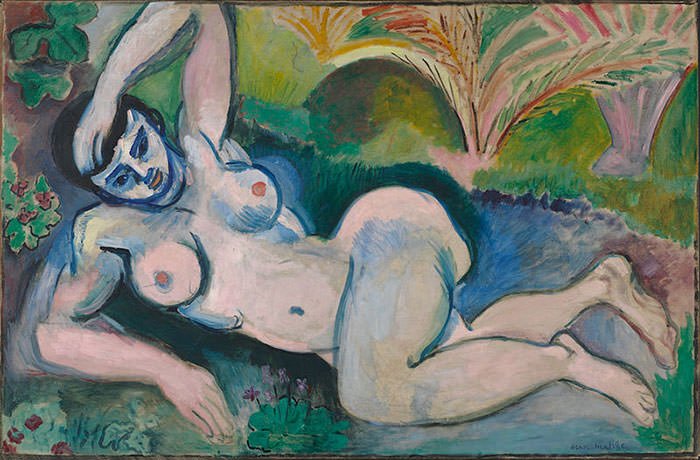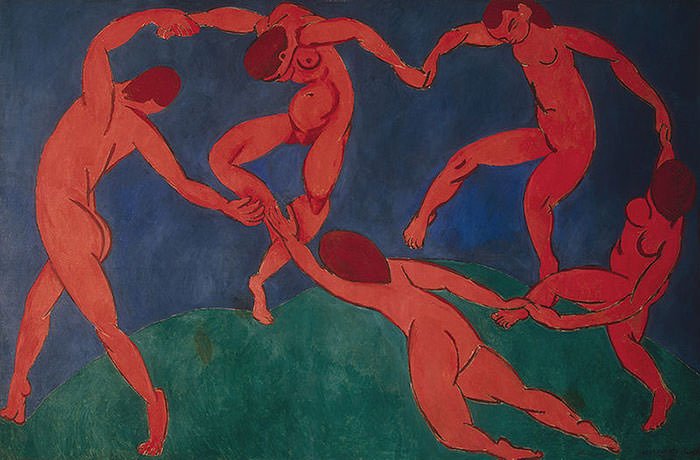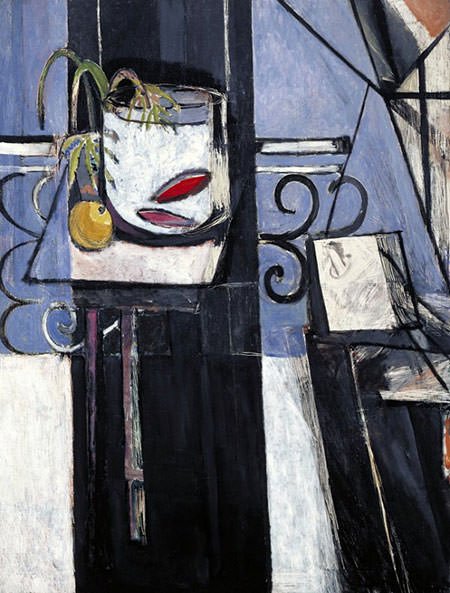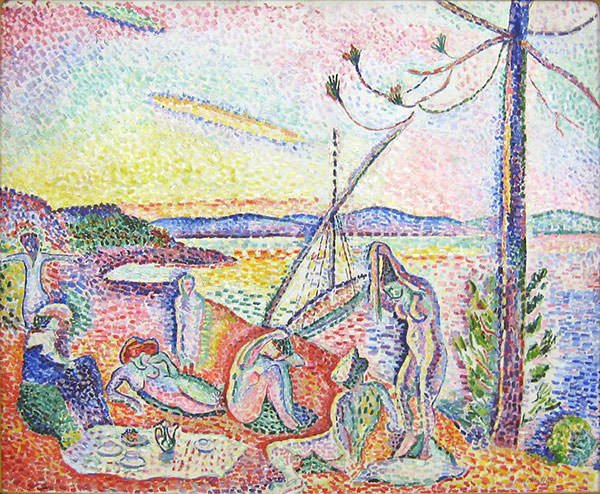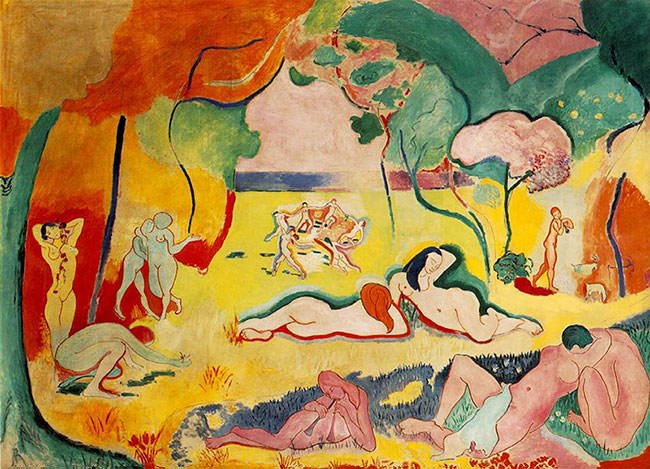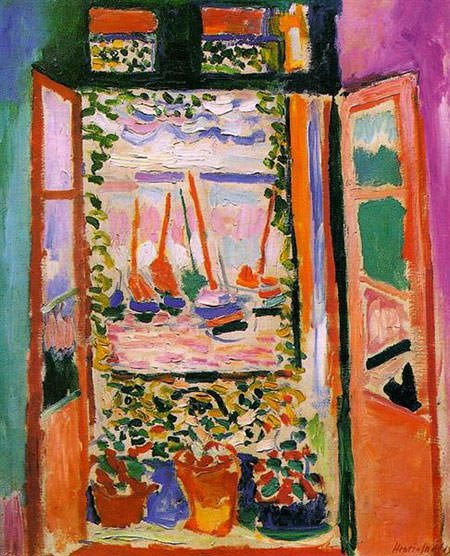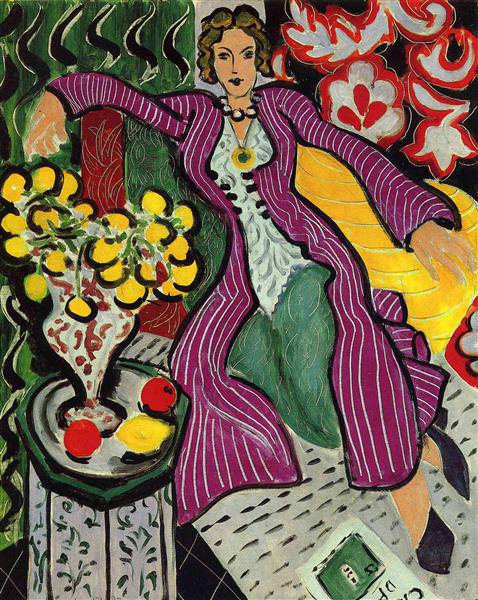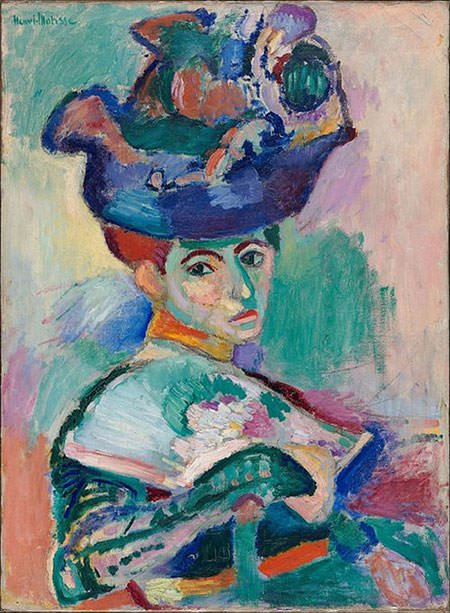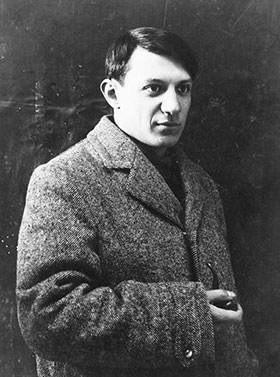- Overview
-
Henri Matisse (31 December 1869 – 3 November 1954) was a French artist, known for both his use of colour and his fluid and original draughtsmanship. He was a draughtsman, printmaker, and sculptor, but is known primarily as a painter.
Cézanne is said to have formed the bridge between late 19th-century Impressionism and the early 20th century's new line of artistic enquiry, Cubism. Both Matisse and Picasso are said to have remarked that Cézanne "is the father of us all."
Matisse is commonly regarded, along with Pablo Picasso, as one of the artists who best helped to define the revolutionary developments in the visual arts throughout the opening decades of the twentieth century, responsible for significant developments in painting and sculpture.
- Career
-
- In1896, he exhibited 5 paintings in the salon of the Société Nationale des Beaux-Arts of which two were bought by the state. His work showed the influence of the post-Impressionists, Cézanne, Gauguin, and Gogh.
- He made his first sculpture an imitation of French sculptor Antoine-Louis Barye and in 1903, completed ‘The Slave of a standing male nude’ in clay.
- His first solo exhibition at Ambroise Vollard's gallery in 1904 was not that successful. He became fond of bright and expressive colors after painting in St. Tropez with the neo-Impressionists Signac and Henri-Edmond Cross.
- In 1906, he met Pablo Picasso at the Paris salon of Gertrude Stein and became his lifelong friend and rival and their works dominated Gertrude Stein's collection and those of Claribel and Etta Cone.
- Between 1906 and 1917, he made several trips to Algeria and Morocco. He absorbed some African influences and introduced the use of black as a color, which brought a new boldness in the use of intense color as in L'Atelier Rouge.
- Among Matisse's final works are ‘Blue Nudes’, a series of paintings executed by him in 1952 that represented female nudes either seated or standing in color blue signifying distance and volume.
- In 1947, he published Jazz, a limited-edition artist's book of about one hundred prints of colorful paper cut collages, accompanied by his written thoughts. These were rendered as pochoirprints by art philosopher Tériade.
- In 1952, he established a museum dedicated to his work, the Matisse Museum in Le Cateau, his hometown. This museum is now the third-largest collection of Matisse works in France.
- In1896, he exhibited 5 paintings in the salon of the Société Nationale des Beaux-Arts of which two were bought by the state. His work showed the influence of the post-Impressionists, Cézanne, Gauguin, and Gogh.
- Legacy
-
The first painting of Matisse acquired by a public collection was Still Life with Geraniums (1910), exhibited in the Pinakothek der Moderne.
His The Plum Blossoms (1948) was purchased on 8 September 2005 for the Museum of Modern Art by Henry Kravis and the new president of the museum, Marie-Josée Drouin. Estimated price was US$25 million. Previously, it had not been seen by the public since 1970.[60] In 2002, a Matisse sculpture, Reclining Nude I (Dawn), sold for US$9.2 million, a record for a sculpture by the artist.
Matisse's son Pierre Matisse (1900–1989) opened a modern art gallery in New York City during the 1930s. The Pierre Matisse Gallery, which was active from 1931 until 1989, represented and exhibited many European artists and a few Americans and Canadians in New York often for the first time. He exhibited Joan Miró, Marc Chagall, Alberto Giacometti, Jean Dubuffet, André Derain, Yves Tanguy, Le Corbusier, Paul Delvaux, Wifredo Lam, Jean-Paul Riopelle, Balthus, Leonora Carrington, Zao Wou Ki, Sam Francis, sculptors Theodore Roszak, Raymond Mason, and Reg Butler, and several other important artists, including the work of Henri Matisse.
Henri Matisse's grandson Paul Matisse is an artist and inventor living in Massachusetts. Matisse's great-granddaughter Sophie Matisse is active as an artist. Les Heritiers Matisse functions as his official Estate. The U.S. copyright representative for Les Heritiers Matisse is the Artists Rights Society.
- On View
-
- Museum of Modern Art, New York City
- San Francisco Museum of Modern Art, San Francisco
- Art Institute of Chicago, Chicago
- Barnes Foundation, Philadelphia
- Musee National d'Art Moderne, Paris
- Hermitage Museum, Saint Petersburg
- National Fallery of Art East Building, Washington D.C.
- Philadelphia Museum of Art, Philadelphia
- Menil Collection, Houston
- Pushkin Museum, Moscow
- National Gallery of Denmark, Denmark
- Museum of Fine Arts, Boston
- Musee Matisse, Nice
- National Gallery of Canada, Ottawa
- Brooklyn Museum, New York City
- Albright-Knox Art Gallery, Buffalo
- Saint Lois Art Museum, St. Louis
- The Phillips Collection, Washington DC
- Musee Picasso, Paris
- Baltimore Museum of Art, Baltimore
- Honolulu Museum of Art, Honolulu
- Pinakothek der Moderne, Munich
- Metropolitan museum of Art, New York City
- Musee d'Orsay, Paris


